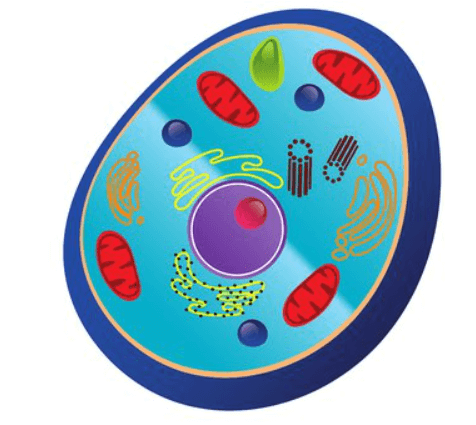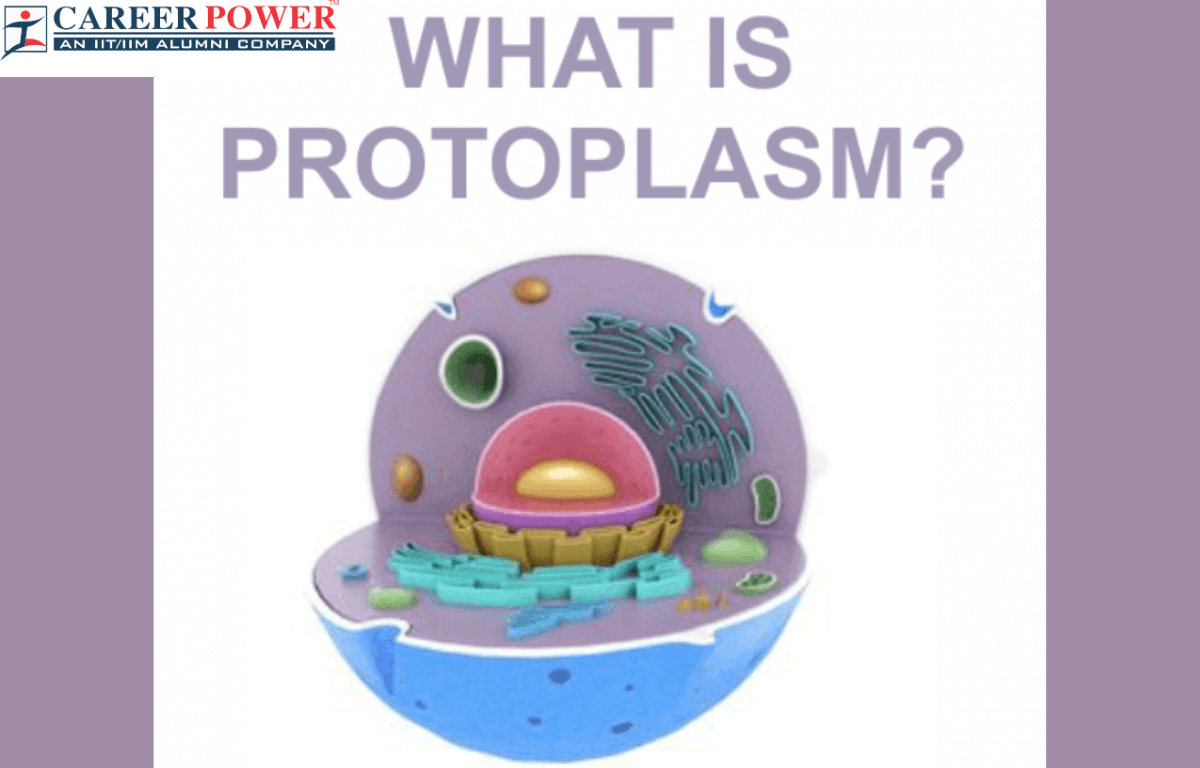The term “protoplasm” was introduced by the Czech physiologist Johannes Evangelista Purkinje in the early 19th century, around 1839. He used this term to describe the jelly-like substance found within the cells, which he recognized as the essential living material of the cells. Purkinje’s work contributed significantly to the early understanding of cellular biology.
The protoplasm is a fundamental concept representing the living substance within the cells. It serves as the foundation for all cellular processes, including metabolism, genetic information storage and expression, energy production, and cellular response to stimuli. One of the most crucial roles of the protoplasm is it enables life by providing the structural and functional basis for all living organisms.
What is Protoplasm?
The protoplasm is a Living substance found within the cells of all living organisms. It is a complex, semi-fluid, gel-like substance that makes up the basic structure of a cell and contains various organelles, such as the nucleus, mitochondria, and endoplasmic reticulum. The protoplasm is responsible for carrying out essential cellular essential functions like metabolism, growth, and reproduction. It consists of water, proteins, lipids, carbohydrates, and various other molecules necessary for life processes. Essentially, protoplasm is the fundamental material that enables cells to function and sustain life.

Components of Protoplasm
There are seven main components of the protoplasm, namely: Water, Proteins, Lipids, Carbohydrates, Nucleic Acid, Inorganic Ions, and Organelles. These components work together to ensure the proper functioning of the cell, allowing it to carry out vital processes necessary for life.
| Components Of Protoplasm | |
| Components | Function |
| Water | The main function of water is to provide a medium for chemical reactions. |
| Proteins | The primary functions of proteins are they provide structural support, transport, and enzyme synthesis. |
| Lipids | The lipids help in the formation of membranes and also provide a barrier. |
| Carbohydrates | Carbohydrates help in energy storage, structural roles, and cell recognition. |
| Nucleic Acid | Nucleic acids store and transmit genetic information. |
| Inorganic Ions | Inorganic ions maintain electrochemical balance and cellular processes. |
| Organelles | Organelles provide specialized structures within the cell. |
- Water: Water is the primary component of protoplasm, making up a significant portion of its volume. It provides a medium for chemical reactions and helps maintain the cell’s shape.
- Proteins: Proteins are crucial structural and functional molecules within cells. They perform various roles, such as enzymes that catalyze chemical reactions, structural proteins that give cells their shape, and transport proteins that move substances in and out of the cell.
- Lipids: Lipids, including phospholipids and cholesterol, are important components of the cell membranes. They form the lipid bilayer that surrounds cells and organelles, creating a barrier between the cell’s interior and the external environment.
- Carbohydrates: Carbohydrates play roles in energy storage (e.g., glycogen in animals, starch in plants) and as structural components (e.g., cellulose in plant cell walls). They are also involved in cell-cell recognition and signaling.
- Nucleic Acid: Nucleic acids, such as DNA and RNA, store and transmit genetic information. DNA contains the instructions for building and maintaining the cell. while RNA is involved in protein synthesis.
- Inorganic Ions: Protoplasm contains various inorganic ions like potassium (K+), sodium (NA+), calcium (Ca2+), and chloride (Cl-) ions. These ions are essential for maintaining the cell’s electrochemical balance nerve impulses and muscle contractions.
- Organelles: Within the protoplasm, various membrane-bound structures called organelles perform specialized functions. These include the nucleus (containing genetic material), mitochondria (producing energy), endoplasmic reticulum (synthesizing proteins and lipids), and more.
Functions of Protoplasm
The protoplasm within a cell serves several vital functions, which are essential for the cell’s survival and proper functioning. Protoplasm is the dynamic, living substance within a cell that enables all these functions we mentioned below, ultimately allowing the cell to carry out its role within an organism.
- Metabolism: Protoplasm is the site for various metabolic reactions. It enables the cell to obtain energy from nutrients, synthesize molecules necessary for growth and repair, and eliminate waste products.
- Cellular Respiration: Within the protoplasm, particularly in mitochondria, cellular respiration takes place. This process produces adenosine triphosphate (ATP), the cell’s energy currency, by utilizing oxygen and nutrients.
- Genetic Information Storage and Expression: The nucleus contains DNA, which stores the genetic information of the cell. Protoplasm is responsible for transcribing this genetic code into RNA and translating it into proteins, which perform various cellular functions.
- Transport: Protoplasm facilitates the movement of substances within the cell, as well as between the cell and its environment. Various proteins and organelles are involved in this transport process.
- Protection: It provides a physical barrier between the cell’s internal environment and the external environment, protecting the cell’s contents and regulating what enters and exits.
- Reproduction: Protoplasm plays a role in cell division and reproduction. During cell division, the protoplasm is replicated to create two daughter cells.
As we know both Cytoplasm and Protoplasm are essential components of cells, playing crucial roles in maintaining cell structures and functions. They provide the physical and chemical environment necessary for life processes, making them fundamental components of all living organisms. For more details, you can also refer to the article on the difference between cytoplasm and protoplasm.



 50 Vegetables Name for Kids in English a...
50 Vegetables Name for Kids in English a...
 Food Chain: Definition, Types, Examples,...
Food Chain: Definition, Types, Examples,...
 Human Respiratory System: Definition, Di...
Human Respiratory System: Definition, Di...













